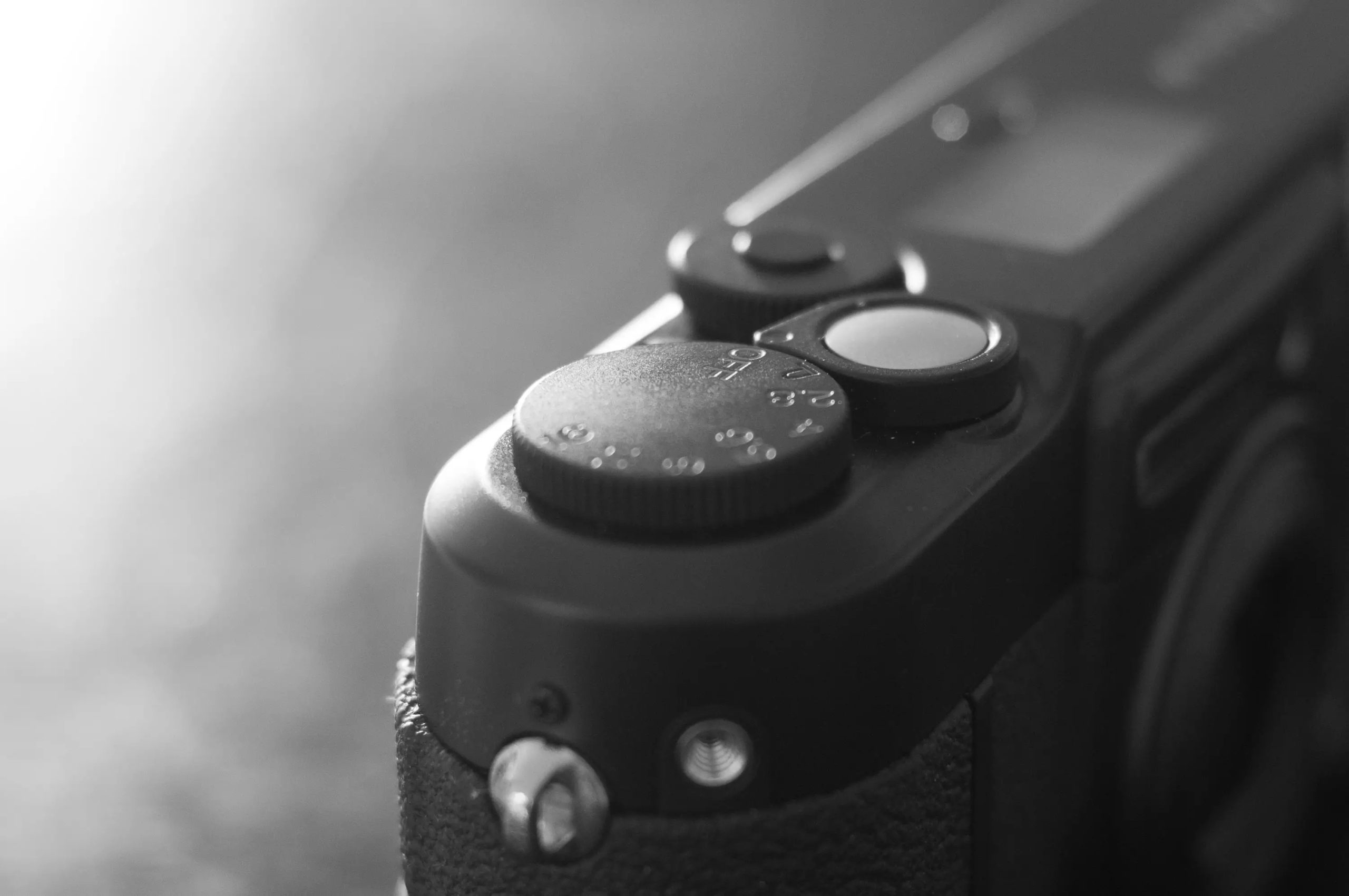I’ve been taking photos since I was 9. The passion started with a Nikon RF10 that my Nan bought for me … I remember that day well, little did I know how important a day it would turn out to be! I will come back to that camera and write a bit more about it and the effect it had on me in greater detail at a later date. For now … I shot with it for years, my memory fails how many but it was a long time! I learned a lot about photography with that camera, mostly how to compose an image … in fact that’s probably the only thing it taught me. I have no idea how naturally composition comes to me or how much I owe to that incredibly basic camera. One thing that I do know is that it took me a good few years to realise that the sort of photography that camera provided me is possibly the most enjoyable for me!
It’s that sort of photography that will make up a large portion of this blog! The rest will of it will be exploring and talking about the history and function of the types of camera that came before it.
Some refer to them as “point and shoot” cameras, a very fair title in many cases! The Nikon RF10 is certainly a point and shoot, the Yashica T4, which has an almost cult following is also most definitely a point and shoot.
Then there are the higher end compact cameras such as the Ricoh GR1, Fuji Klasse, Nikon 35ti etc. These cameras are perhaps better concidered “Advanced Compact Cameras”. They cameras tend to have some level of manual control, maybe manual ISO override, aperture priority, exposure compensation… the Klasse s/w even has bracketing. Suffice to say, to call them point and shoot cameras doesn’t entierly do them justice.
Then there are “vintage” compacts like the Olympus Trip 35 that require little more than basic focusing in most shooting situations. Back further, the voigtlander vito b, a firm favorite of mine, definitely a compact camera (especially for its time) is fully manual and requiers a reasonable amount of knowledge to function it. These vintage cameras are probably best described as “scale focus cameras”.
Then there are compact rangefinders like the Olympus XA, Konica S3 and Voitglander Vitessa L … broadly different cameras but all share a rangefinder focusing system.
The thing that unites them all is that they take 35mm/135 film. They have fixed lenses and they were intended as a “compact” camera. They are all 35mm compact cameras, hence ’35mmc’ – ’35mm compact’
The reason I feel driven to write about my experiences with these cameras is that I have realised they actually represent the type of photography that makes me most happy, or at very least the type that causes me the least stress. They are the cameras I use predominantly for my hobby and they are the cameras that represent at least 3 of the most important milestones in my shooting career:
The Beginning – The RF10 I was bought by my Nan
The Middle – Learning about the relationship between aperture shutter speed and film speed with a Voigtlander Vito b
The End – Buying the Fuji Klasse W, a camera that answers all my needs as a hobbyest photographer and inspired me to start this blog.
Share this post:









Comments
No comments found